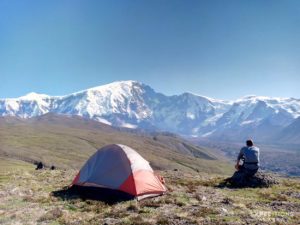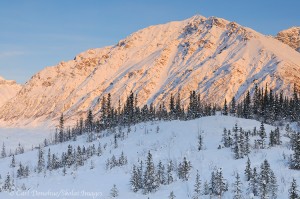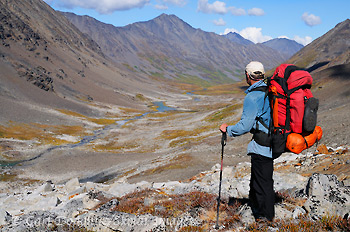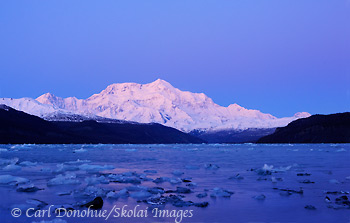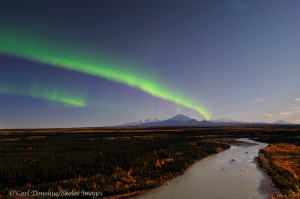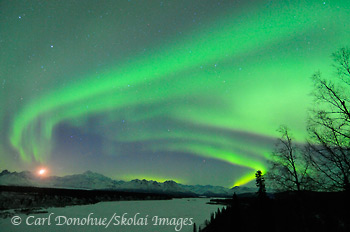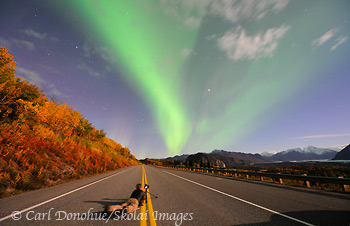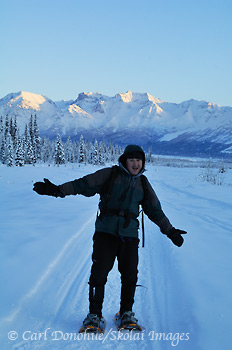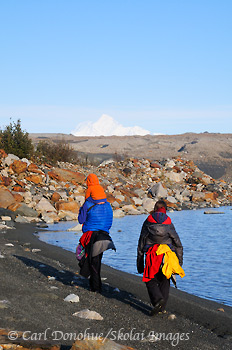Free Wrangell-St. Elias winter ski/photography trip
December 23rd, 2011 by Carl D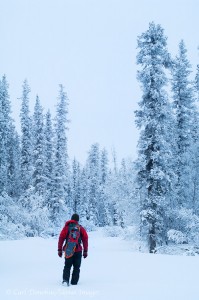
A Holiday Season Special – Spring Equinox Celebration
Please note: – 10:00pm Jan 17th; entries are now closed. The drawing takes place the morning of the 18th – see below for details!!!
OK, this one is so simple it’s ridiculous.
In the best of the holiday spirit, here’s what I’m doing. I’m offering a free trip to Wrangell – St. Elias National Park. This offer is open to any who who think they’d enjoy a trip like this. The more people that enter, the more people will win.
If fewer than 250 people enter, I’ll give away a trip for free to 2 people. If I get more than 250 people enter, I’ll give away 4 free spots on the trip.
Wrangell – St. Elias National Park. 6 nights in a backcountry cabin; days spent snowshoeing, cross country skiing, and/or hiking, enjoying some winter landscape photography, possible northern lights photography and the quietest, peaceful-est cabin you never been to. Here’s what you need to know.
The Trip
We leave Anchorage, drive 5 hours to Wrangell-St. Elias National Park. 5 nights in the cabin, March 18-23, and return to Anchorage on March 24. During the day, we can either snowshoe, cross country ski, or, depending on weather and snow conditions, hike.
We’ll have the van nearby so we can easily saunter down to the van, drive 10 miles down the road, snowshoe all day, drive back to the cabin and enjoy the comfort of a wood stove, hot food and a quiet like no other. Next day, we can do the same in the other direction.
The exploratory opportunities are literally endless here. Winter landscape photography opportunities abound. This is a massive landscape; Mt Sanford rises over 16 000′ right out the window. It’s also an intimate boreal forest, for some great shooting opportunities. There’s a decent chance of seeing moose in the area, and possibly caribou. The northern lights are a strong possibility; displays are typically strongest and most active right around the Equinox, so this timing is optimal for great northern lights viewing/photography. There are never any guarantees with the aurora, of course.
Normally $1400.00 per person, this year 2, or possibly 4 people get to come out for free.
March 18-23, 2012
My holiday gift and thank you to everyone who’s supported what I do.

